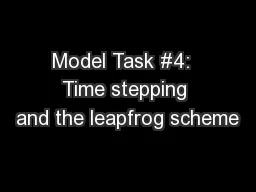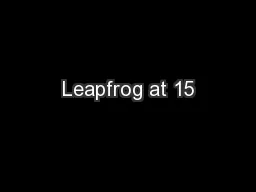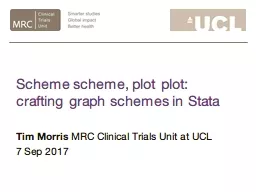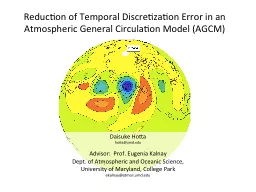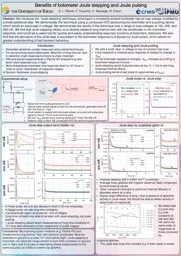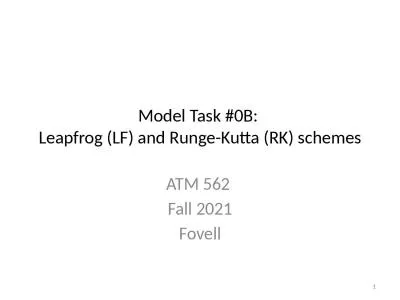PPT-Model Task #4: Time stepping and the leapfrog scheme
Author : luanne-stotts | Published Date : 2019-03-19
ATM 562 Fall 2018 Fovell see course notes Chapter 12 1 Outline The 2D model framework was established in MT3 MT4 accomplishes two things Implements a time stepping
Presentation Embed Code
Download Presentation
Download Presentation The PPT/PDF document "Model Task #4: Time stepping and the le..." is the property of its rightful owner. Permission is granted to download and print the materials on this website for personal, non-commercial use only, and to display it on your personal computer provided you do not modify the materials and that you retain all copyright notices contained in the materials. By downloading content from our website, you accept the terms of this agreement.
Model Task #4: Time stepping and the leapfrog scheme: Transcript
Download Rules Of Document
"Model Task #4: Time stepping and the leapfrog scheme"The content belongs to its owner. You may download and print it for personal use, without modification, and keep all copyright notices. By downloading, you agree to these terms.
Related Documents

